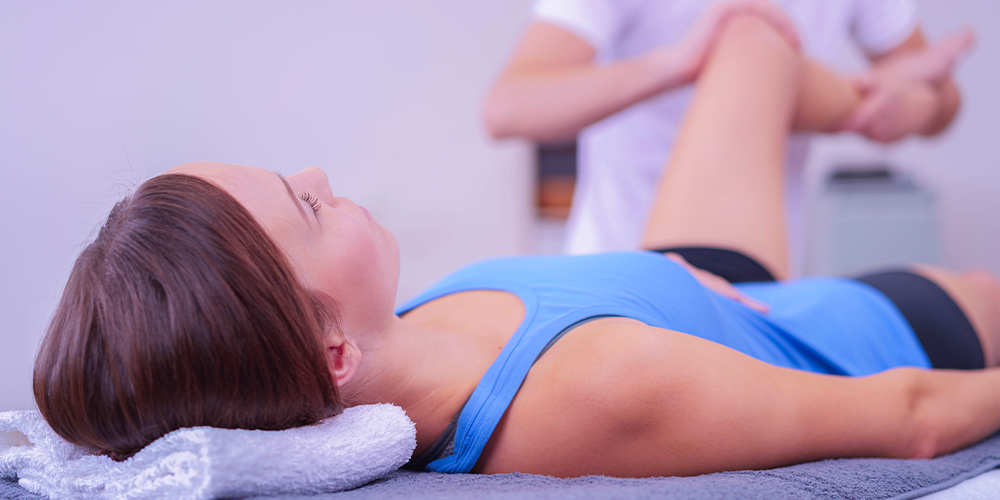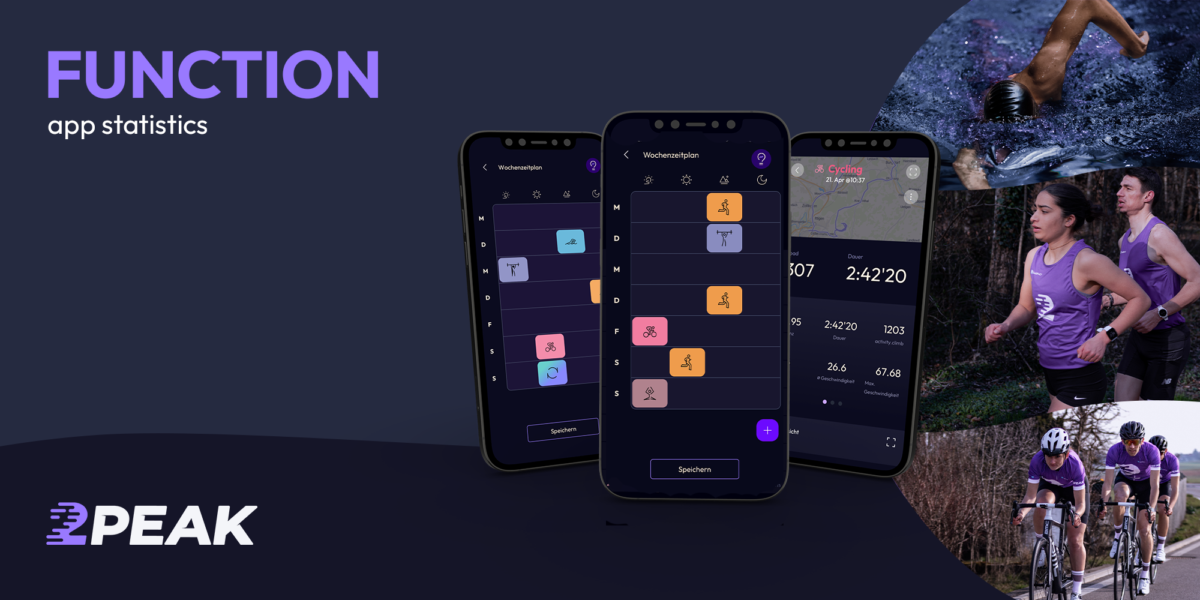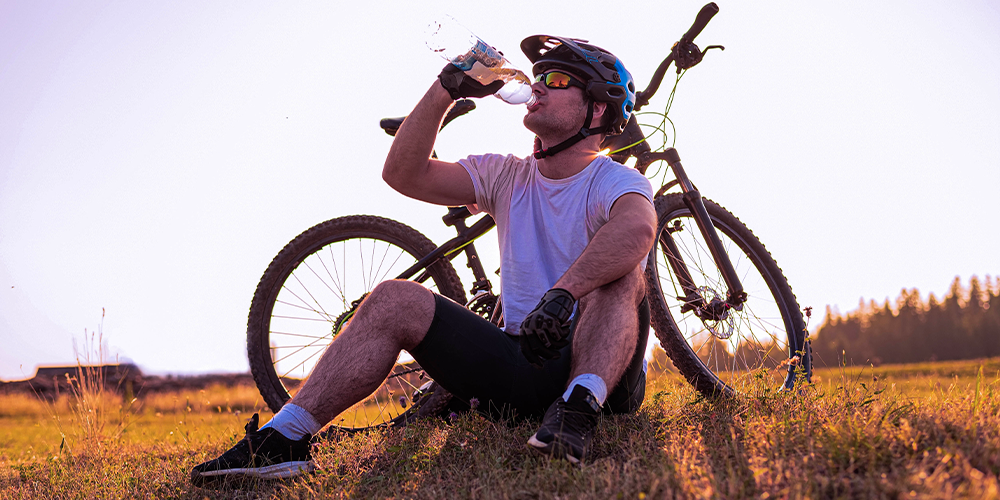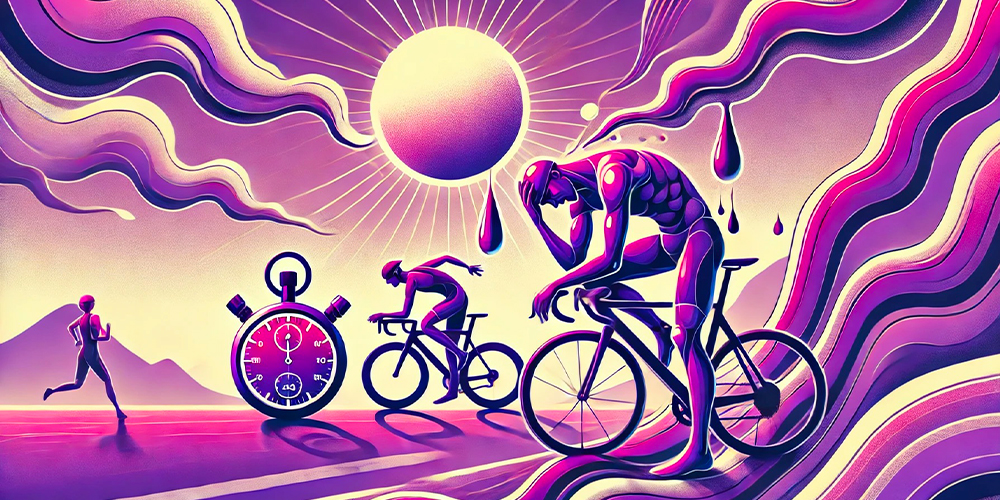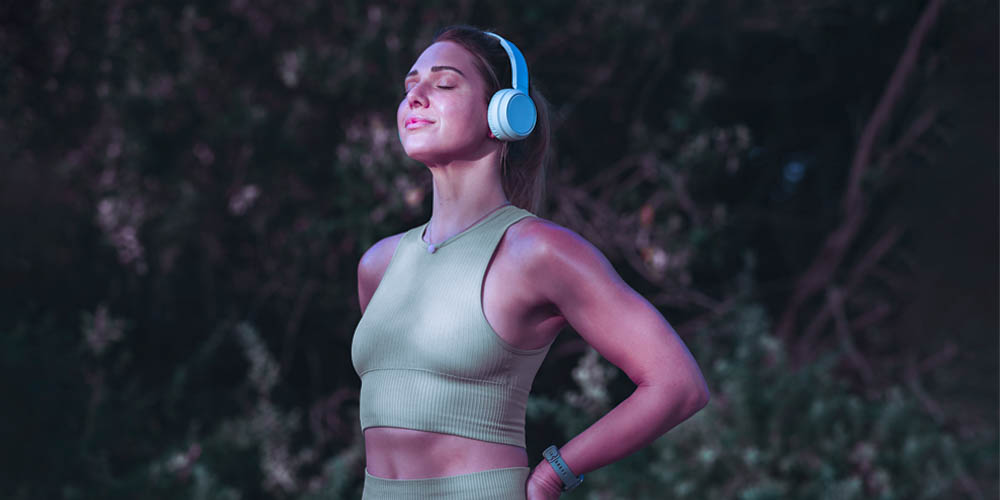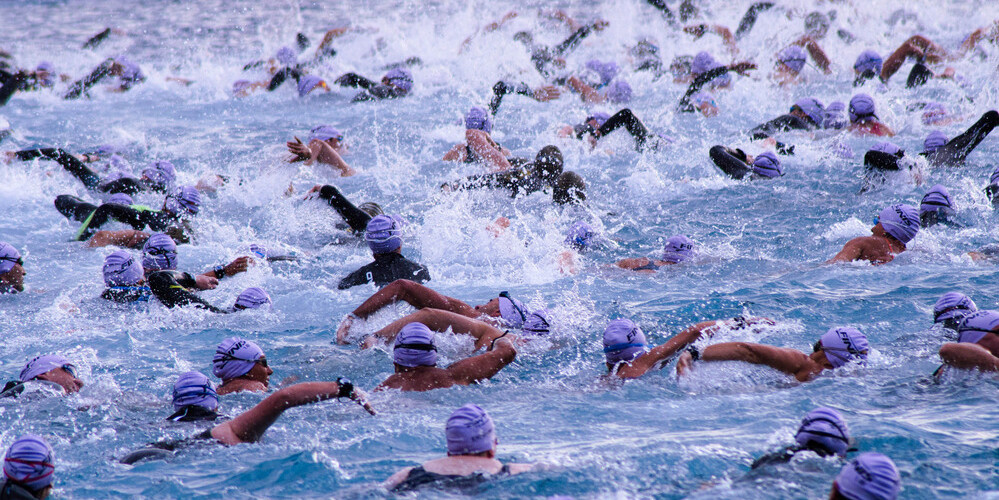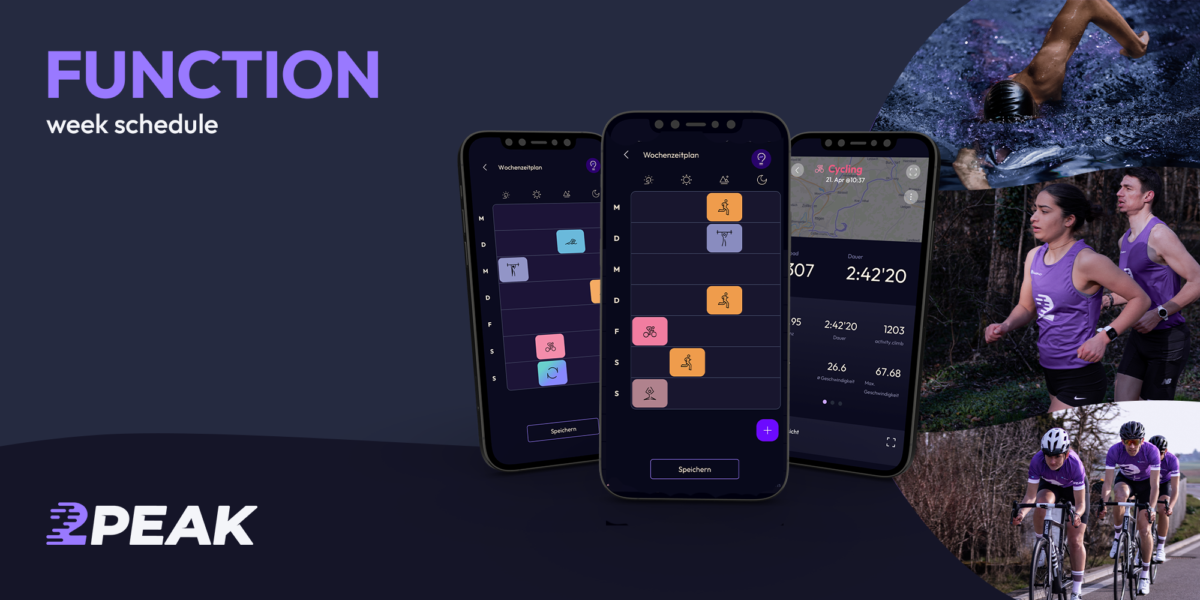Here are five tasty, nutrient-rich options for the hottest summer days that will boost your performance and recovery process. From revitalising watermelon to rich Greek yoghurt, find out how to optimise your nutrition during the warmer months to make the most of your summer workouts, whether you’re a cyclist, triathlete or runner!


